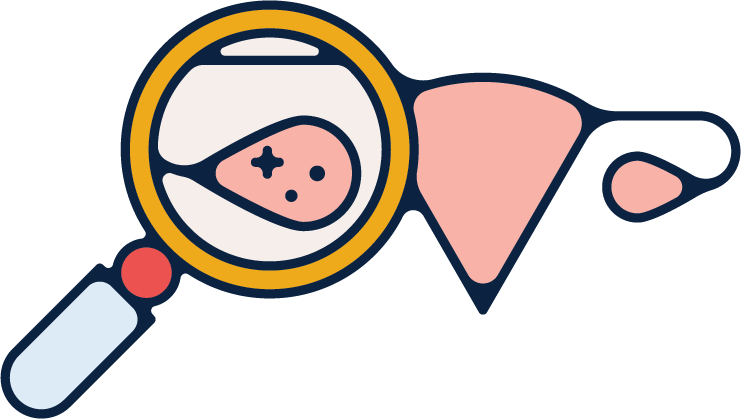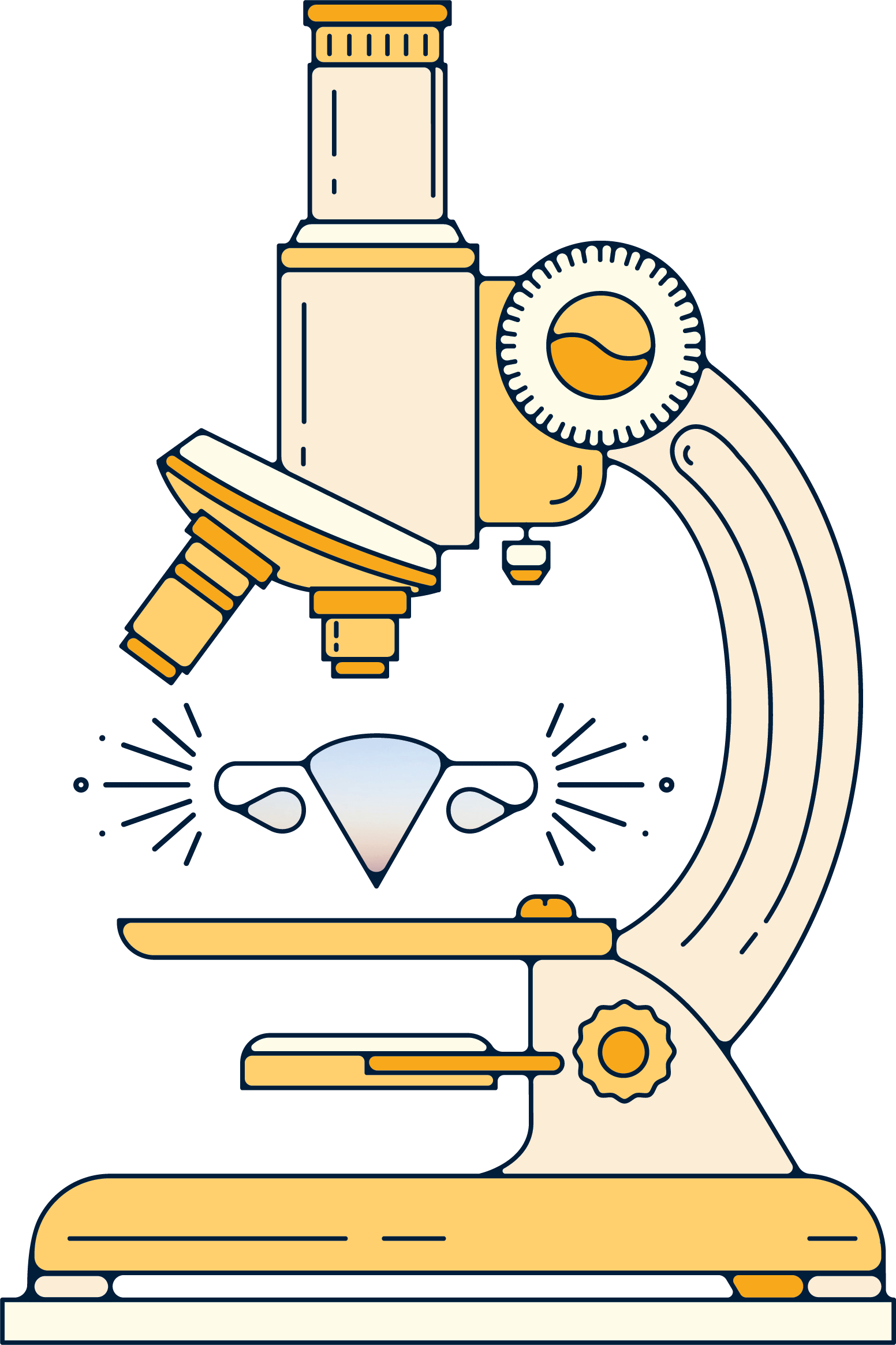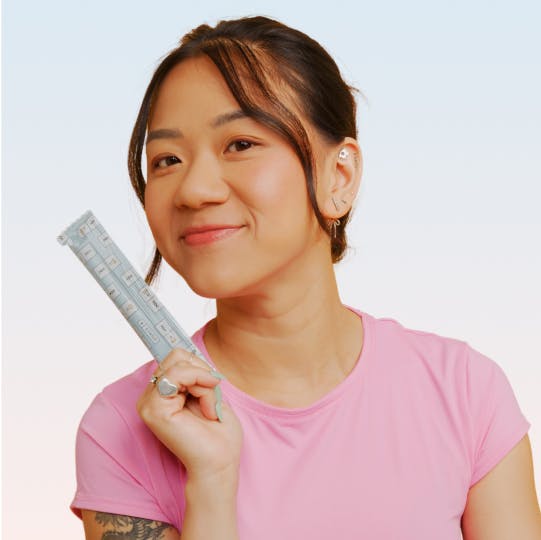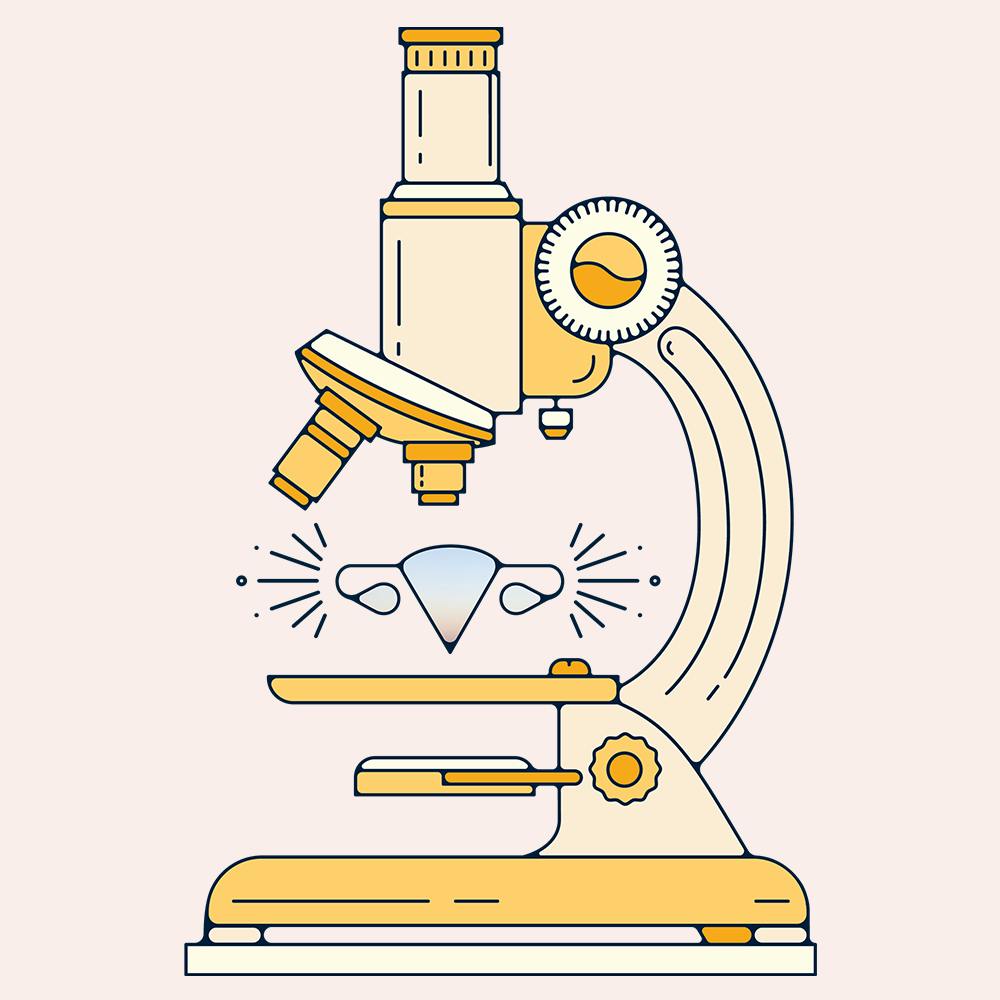Illustrated by Erin Rommel & Sabrina Bezerra
In ancient Greece, a condition was believed to exist called wandering womb. Male physicians believed that a person’s womb was like a living creature, able to ‘wander’ around the body, blocking passages and causing various diseases.
With medical fields historically dominated by men, there is still a huge gap in understanding of how female bodies work on a basic level.
Thousands of years on, people with uteruses are no longer commonly diagnosed with wandering womb or hysteria – but the gender health gap lives on.
For centuries, male-dominated medical fields meant that conditions affecting female bodies received less research and attention. Despite more women working in medicine nowadays, these long-standing biases still affect women’s access to healthcare today.
Research shows that women wait longer for cancer diagnoses and are more likely to die during CPR. But the gender health gap is even greater for conditions affecting female sexual and reproductive health. For example, getting a diagnosis for endometriosis takes eight years, on average.
Not feeling like your issues are understood or being given ineffective treatment can cause people to lose faith in seeking help from medical professionals in the first place. Dr. Ellie Rayner, obstetrician, gynaecologist, and founder of The Maternity Collective, recognises that having more women in fields like gynaecology can help to alleviate such feelings.

“Women can feel embarrassed and fearful to seek advice or treatment for certain conditions,” Dr. Rayner explains.
“Although all doctors should reassure all patients that, whatever your concern, we are here to listen and not judge, many women do still find talking to a female doctor easier.”
In the UK, 55% of the total Obstetrics and Gynaecology workforce is female, according to the 2018 Royal College of Obstetricians & Gynaecologists’ Workforce Report.
Looking to the future, 80% of Specialist Trainees in the field are female, highlighting that obstetrics and gynaecology will likely become even more female-dominant workforces.
However, to put real change into action there needs to be more than just a high number of female trainees in obstetrics and gynaecology. We need more women in STEM.
A report from UNESCO showed that women account for one in three scientific researchers worldwide. For engineering specifically, only 12% of the UK workforce is female – making it the lowest ranking country in Europe when it comes to female representation in its engineering workforce.
Dr. Rayner advocates for more women in research roles within gynaecology to improve understanding of female health conditions.
“Historically, medical research hasn't been as focused on women's health conditions,” says Dr. Rayner. “Increasing numbers of women in research and clinical roles may help shift this balance and improve women's care for all.”
Reaching those research roles takes time and specialised knowledge. While early-career trainees are 80% female, by the time doctors in gynaecology and obstetrics gain the experience and skills needed to specialise in research roles, data shows that the numbers of women begin to drop.
According to the General Medical Council, 68% of doctors in gynaecology and obstetrics in their thirties are female, dropping to just 46% within the age group of 55 to 59. As they get older, the numbers of women start to drop off.
More specifically in gynaecology and obstetrics, just 54% of doctors in this field with a specialty are female. While there are many more women entering the field of gynaecology and obstetrics, a smaller proportion of women continue their careers into specialising or research.

Gender parity is slowly being achieved for doctors practising and treating patients, but to actually close the gender health gap, change needs to be seen within clinical research as well.
A 2017 study found that 1.5 million medical papers revealed a link between the author's gender and attention to gender/sex analysis.
The study revealed that even just including women as researchers improved the likelihood of medical research taking sex and gender differences into account. Failing to do so could have “potentially life-threatening and costly consequences''.
Improving women’s participation in clinical research – not only as trial subjects, but as researchers as well – is one tangible step we can take towards closing this gender gap.
�“Women are more likely to work part-time or take time out of training,” Dr. Rayner notes. “[This] can have knock-on effects later in their career and this is the same across all areas of medicine, not just gynaecology, unfortunately. As we are predominately a surgical and procedure-based speciality, it can be more difficult to acquire these competencies if not working full-time.”
Dr. Rayner believes that changes need to be made to how the training program works with increasing numbers of less than full-time doctors.
If the field can be made more accepting of part-time work, a common barrier to women being able to progress in various medical fields, then more women will be encouraged and able to continue their careers in gynaecology and obstetrics later in life.
That way, they can hone their specialties and dedicate their time to much-needed clinical research that can help to close the gender health gap.
That would mean faster diagnoses for conditions affecting female anatomy, more widespread knowledge about certain health conditions, and ultimately better treatment for all.
With the origins of the gender health gap tracing back to a lack of understanding about female sexual organs, it only makes sense for the answer to closing the gap to lie in gynae-focused STEM.
The future for more women in obstetrics and gynaecology looks bright, with the number of incoming female trainees rising. We can only hope that these gender proportions continue into the all-important research roles down the line.






